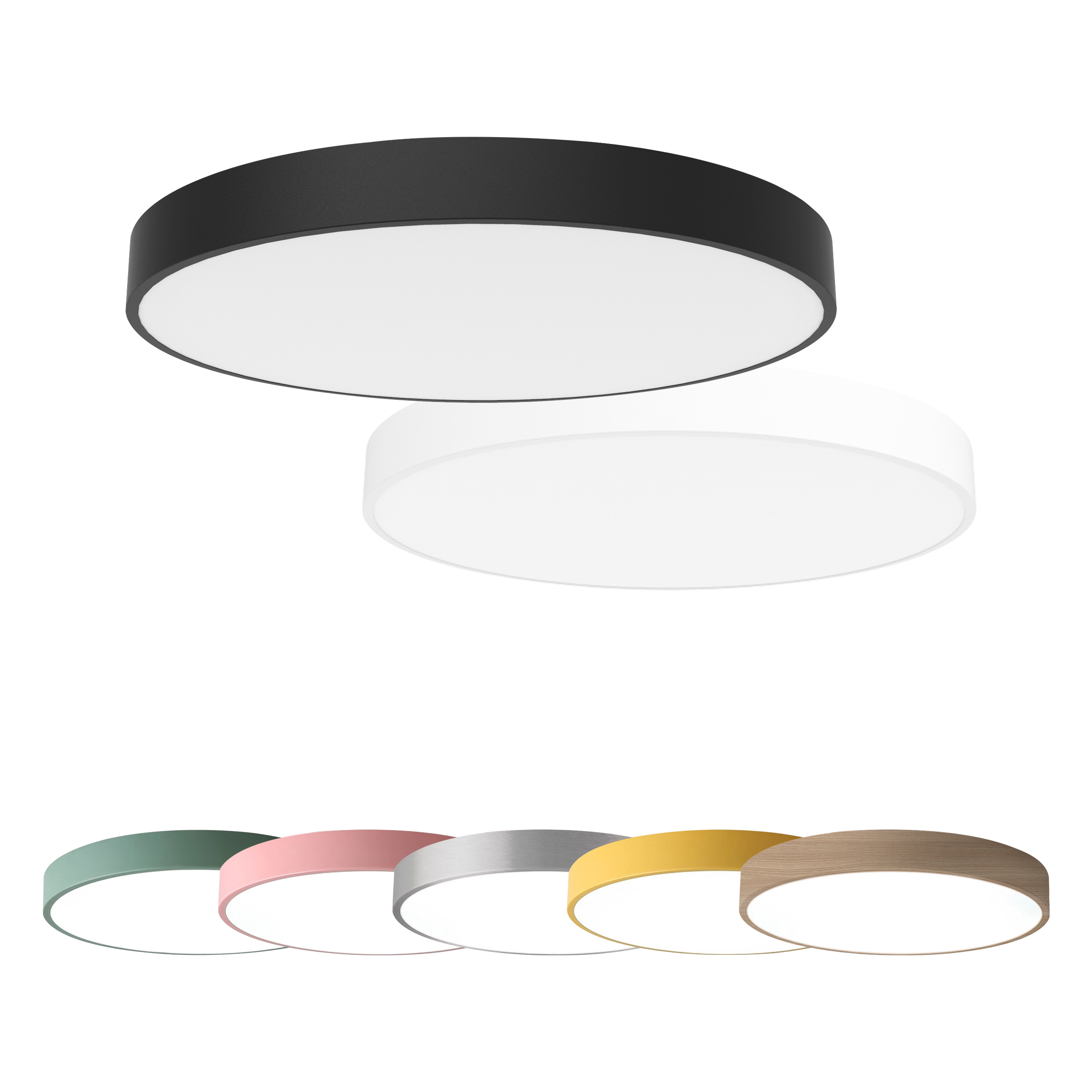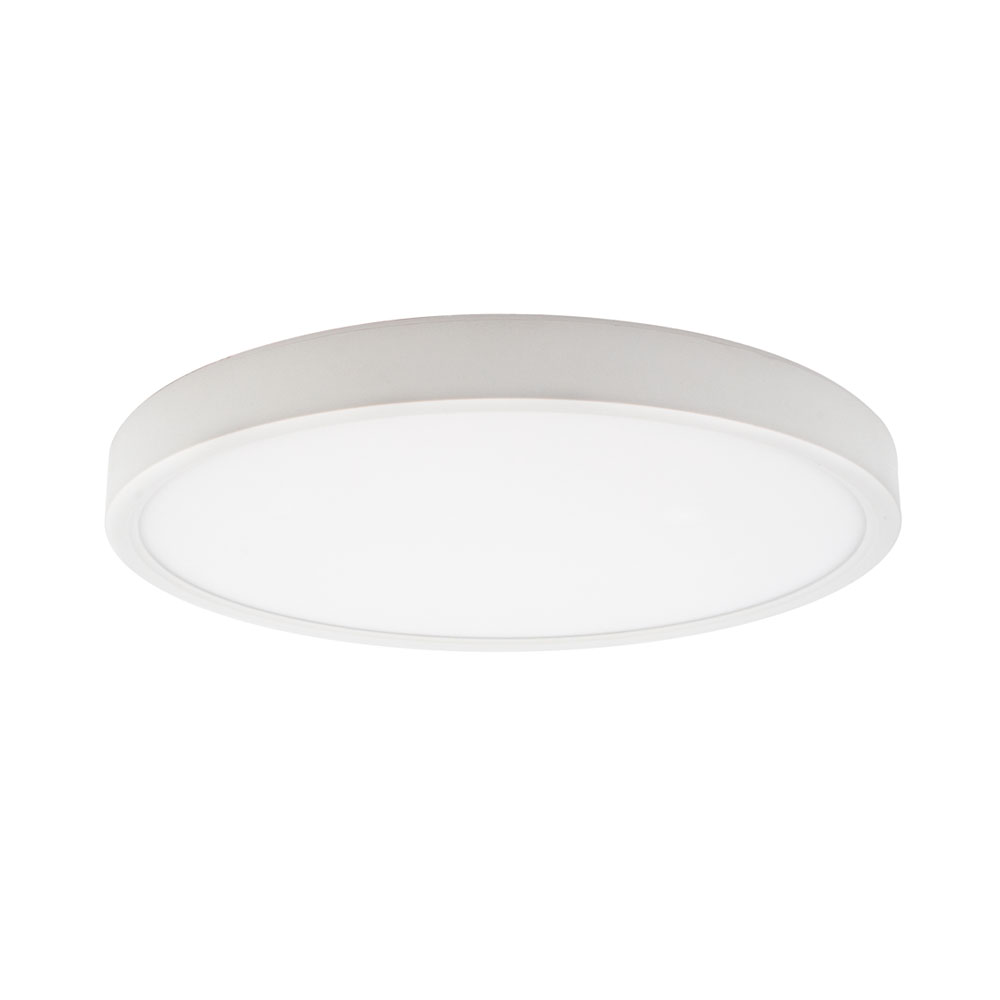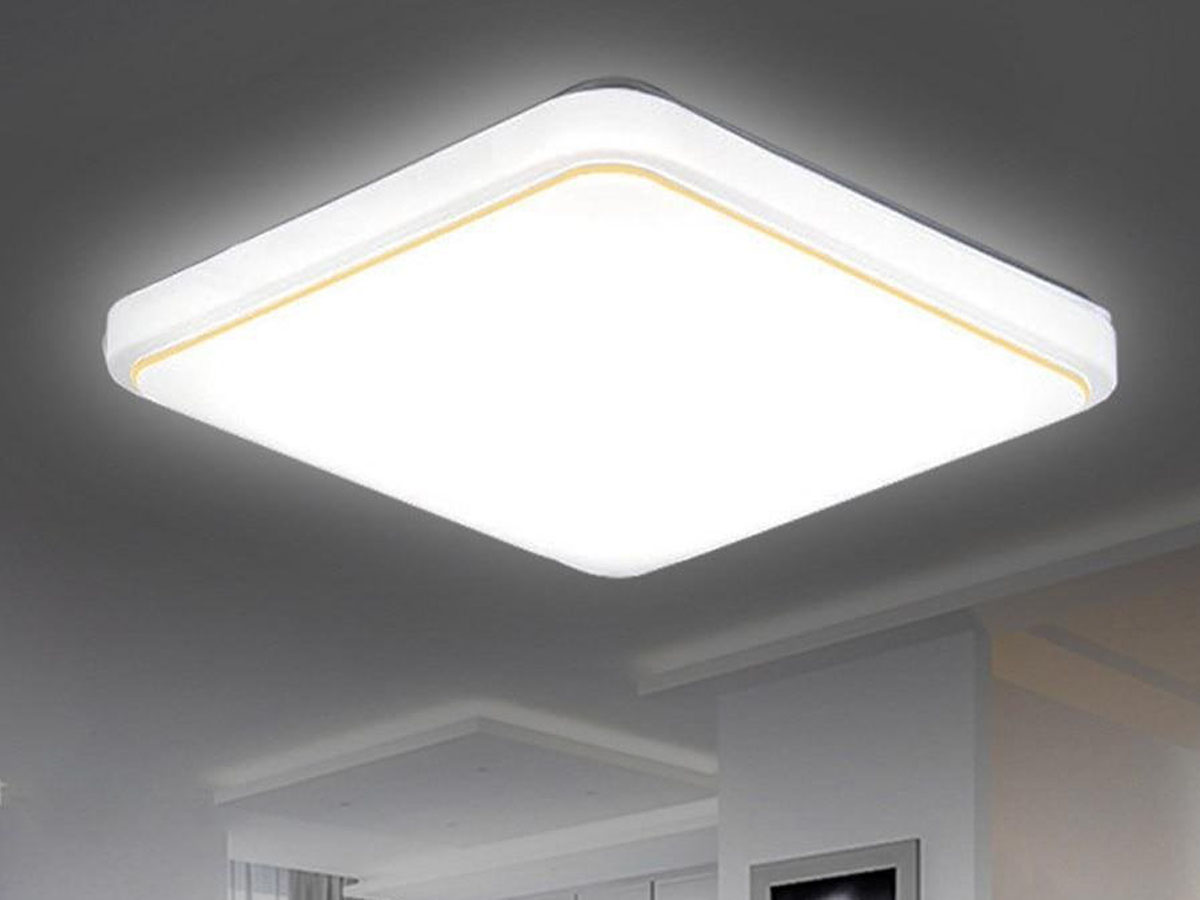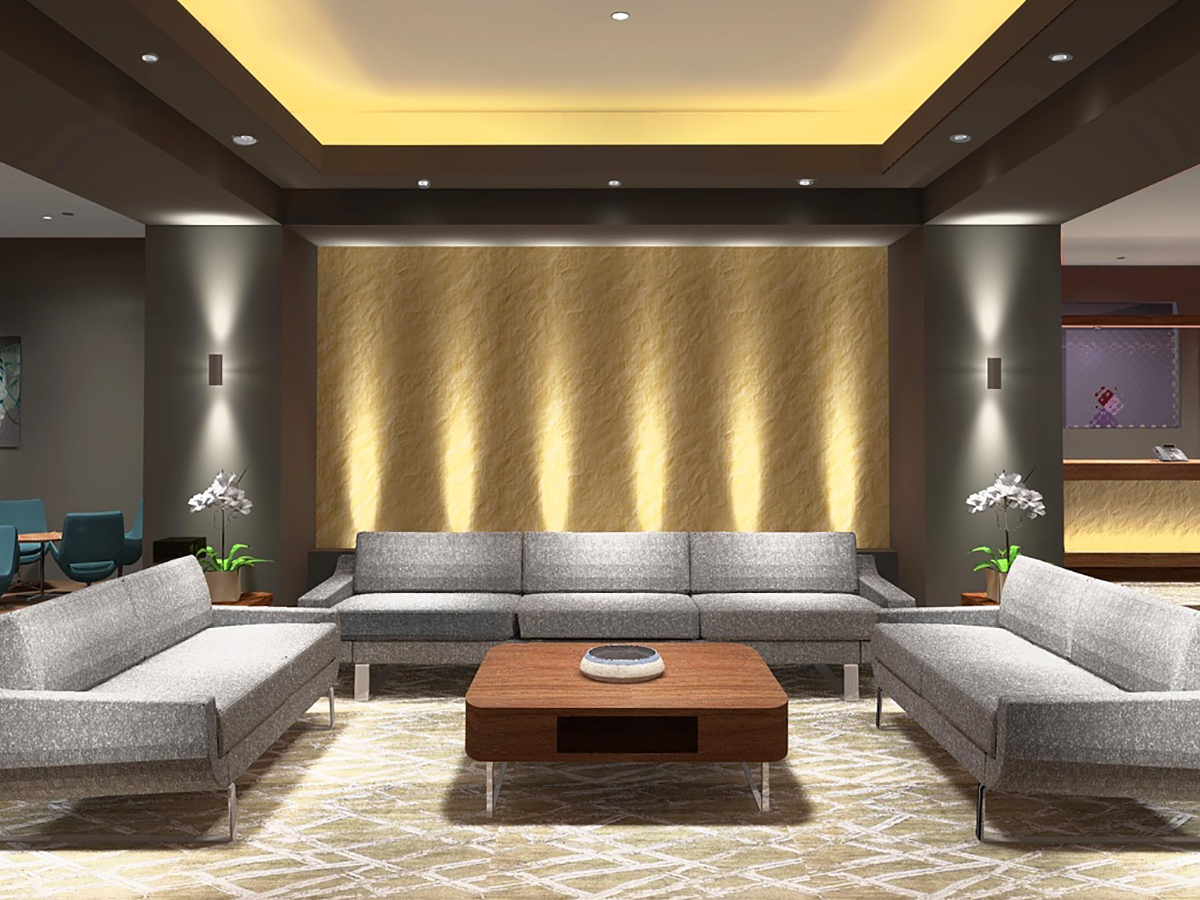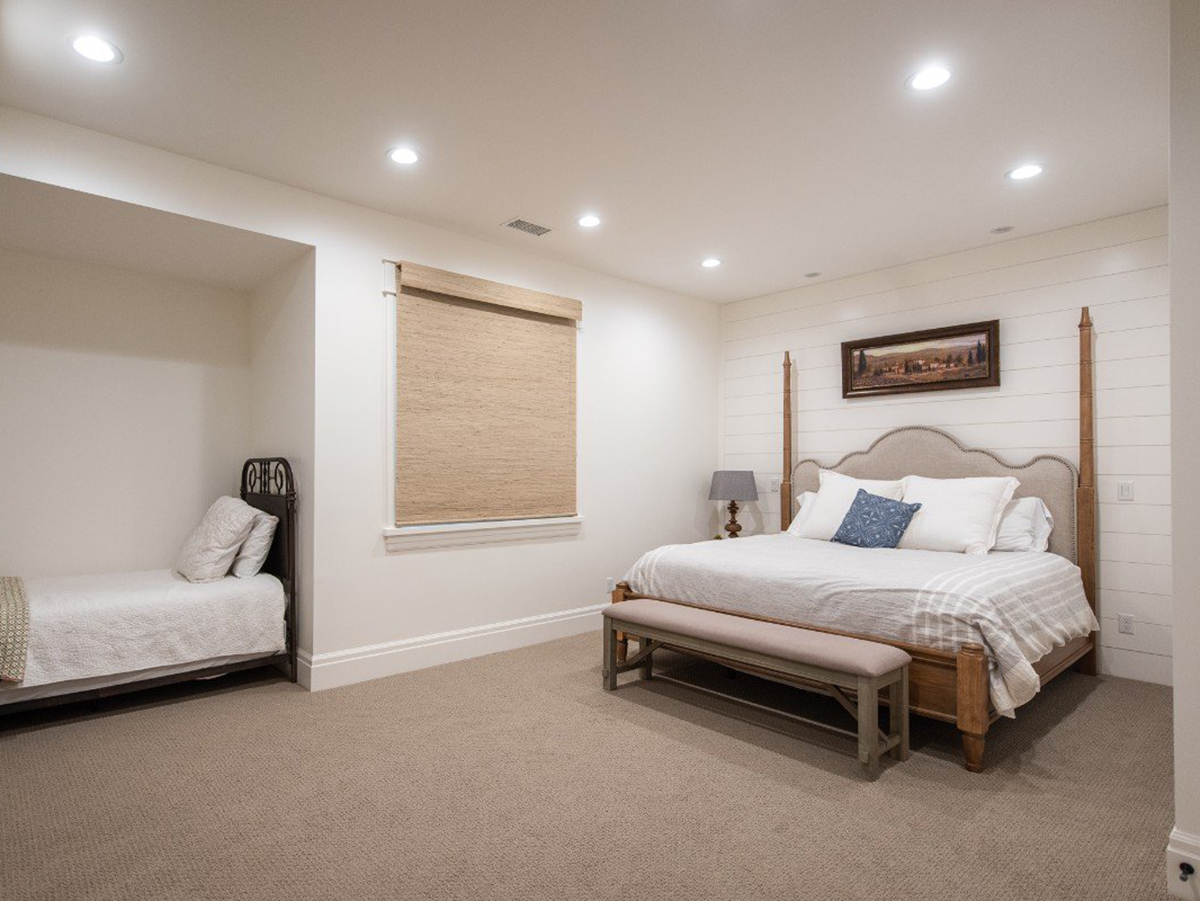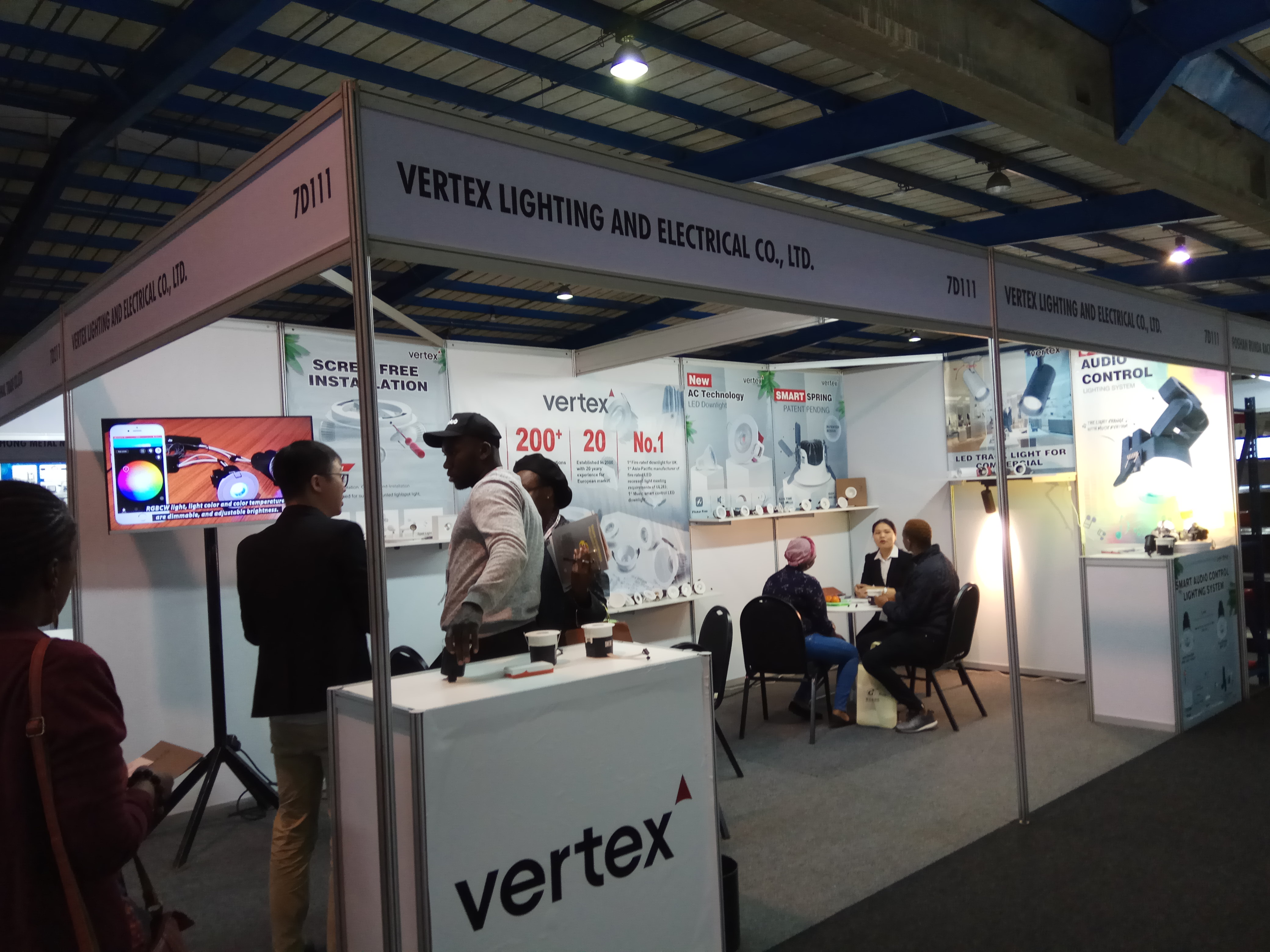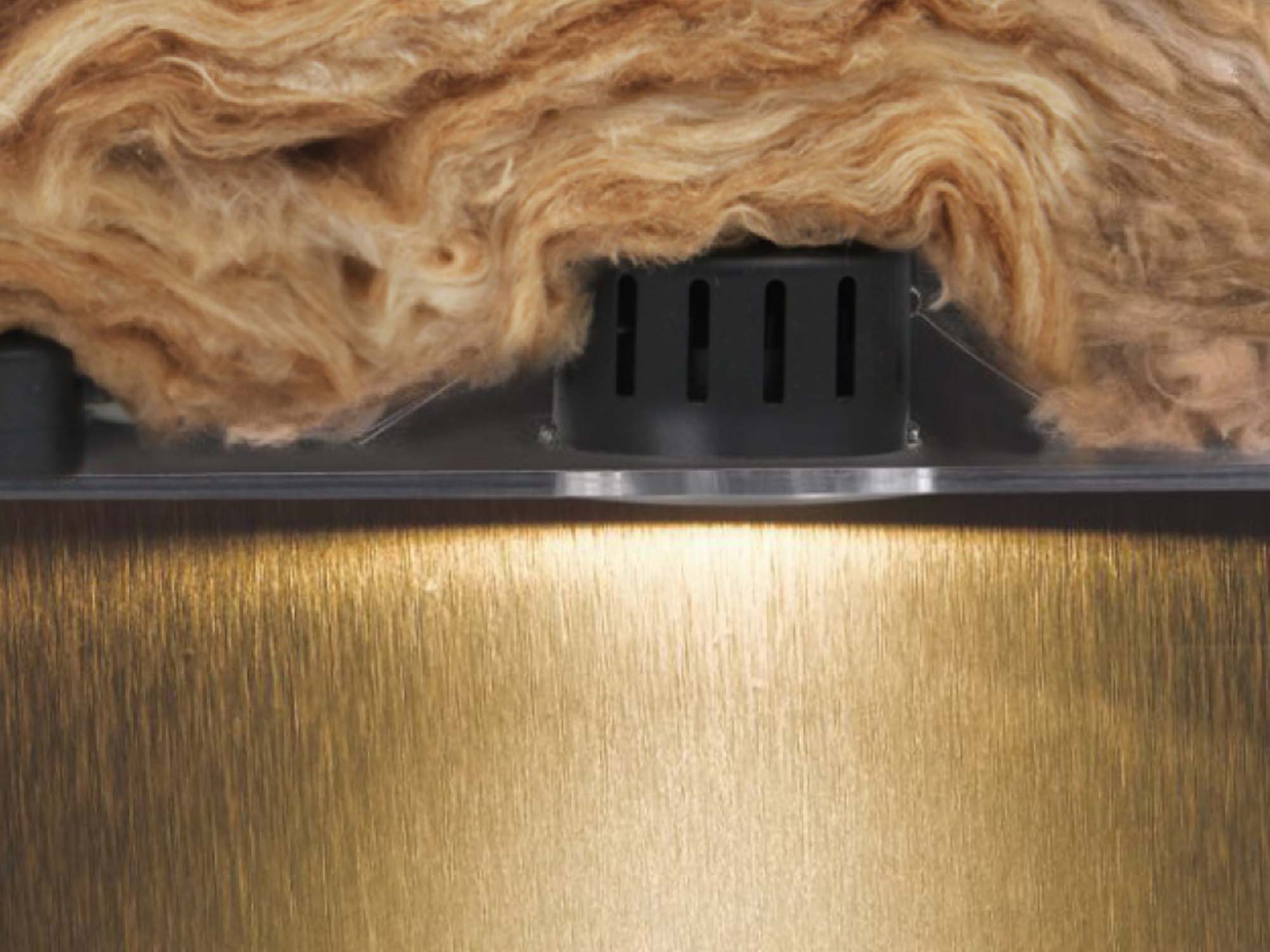Understanding LED Ceiling Lights
LED (Light Emitting Diode) ceiling lights are fixtures that use LED technology to illuminate spaces. They are known for their low energy consumption, long lifespan, and minimal heat output compared to traditional incandescent or fluorescent bulbs.Benefits of Using LED Ceiling Lights
Energy Efficiency: LEDs consume significantly less power than traditional lighting options, which can lead to lower electricity bills.Longevity: With a lifespan of up to 50,000 hours, LEDs reduce the frequency of replacements.
Durability: LEDs are solid-state lights, making them more resistant to shocks and vibrations.
Variety: Available in various styles and color temperatures, they can suit different aesthetic needs.
Types of Outdoor LED Ceiling Lights
There are several types of LED ceiling lights suitable for outdoor use:1. Flush Mount Ceiling Lights
Flush mount ceiling lights are designed to be installed close to the ceiling surface, making them perfect for rooms with low ceilings or limited space. They come in various styles and can be used in covered patios or porches.2. Pendant Lights
Pendant lights hang from the ceiling and can add a decorative touch while providing ample illumination. They are suitable for outdoor dining areas or entryways but should be installed in sheltered locations to protect them from weather exposure.3. Recessed Lighting
Recessed lighting involves installing fixtures into the ceiling, providing a sleek look without protruding elements. This style is ideal for patios or decks where aesthetics are important, but check that the fixtures are rated for outside use.4. Wall-Mounted Ceiling Lights
These fixtures can be mounted on walls under eaves or awnings, providing light without taking up ceiling space. They are versatile and can enhance security by illuminating entry points.Best Practices for Installing Outdoor LED Ceiling Lights
To ensure optimal performance and longevity of your outdoor LED ceiling lights, follow these best practices:1. Choose Quality Fixtures
Invest in high-quality fixtures from reputable brands that guarantee weather resistance and durability.2. Follow Local Codes
Ensure compliance with local electrical codes when installing outdoor lighting. This may involve using GFCI (Ground Fault Circuit Interrupter) outlets or circuits.3. Proper Installation Techniques
Use weatherproof connectors and junction boxes.Ensure all wiring is secured and protected from moisture.
Install fixtures at appropriate heights to avoid damage from rain or snow accumulation.
4. Regular Maintenance
Periodically check your outdoor lighting fixtures for any signs of wear or damage, such as rust or moisture ingress, and replace components as necessary.Conclusion
LED ceiling lights can indeed be used outdoors, provided they meet specific criteria regarding weather resistance and installation practices. By selecting the right type of fixture and ensuring proper installation, you can enjoy the benefits of energy-efficient lighting while enhancing the safety and aesthetic appeal of your outdoor spaces.Incorporating these lighting solutions into your home not only contributes to energy savings but also creates inviting environments for outdoor activities year-round.
